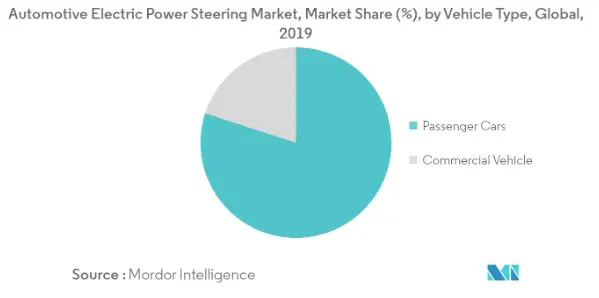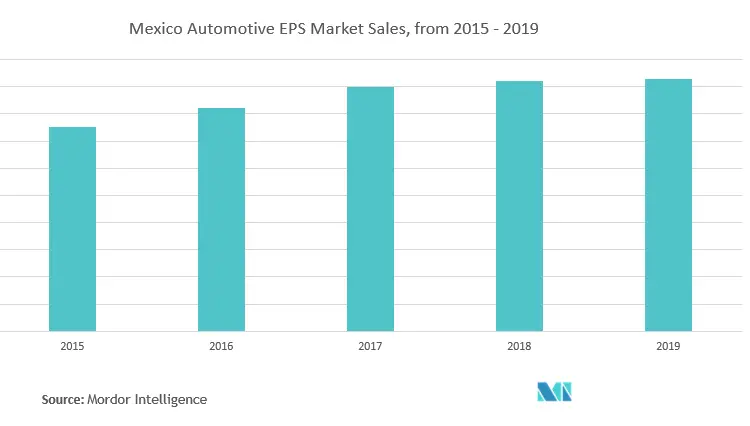Market Trends of UK Automotive Glass Fiber Composites Industry
This section covers the major market trends shaping the UK Automotive Glass Fiber Composites Market according to our research experts:
Increasing Adoption of Glass Fiber Composites in Automobiles
Although automobiles have been around for more than a century, the materials they are made of have mostly remained the same. Only since the past few decades that advanced materials, ranging from magnesium alloys to glass fiber composites, have made their way into new-generation cars. Advanced materials, such as glass fiber composites, are essential for boosting the fuel economy of modern cars, maintaining performance and safety. Since it takes lesser energy to accelerate a lighter object than a heavier one, lightweight materials offer great potential for increasing vehicle efficiency. A 10% reduction in the vehicle's weight can transpire to a 6-8% increase in fuel economy.
Manufacturers are working to reduce overall vehicle weight, which lowers the energy required to operate the vehicle, increasing fuel economy. The Body-In-White system is the critical focal point for automakers looking for fuel savings because of its weight reduction potential, importance to crash safety, and impact on compounded weight reduction for other sub-systems, such as the powertrain.
Glass fiber composites are materials that have become popular in the past few years. One of the reasons for fiberglass composite's relative success is that it has several advantages when compared to steel. It is corrosion-resistant, has significant chemical resistance, and is lightweight (three times less dense than steel). Fiberglass composite is mainly used in bumpers, hoods, and casings. Another area where this material is used is V-belts and timing belts, where glass strings are impregnated with rubber acting as reinforcement. Abrasion resistance is one other advantage of the fiberglass composite, which is why it is used for producing clutches and brake pads. Clutch disks are reinforced with woven fiberglass composites to maintain their integrity.

UK is driving the Glass Fiber Composites Market in Europe
Often materials are not recycled and sent to landfills. Environmental Protection Agency (EPA) proposed life cycle assessment (LCA) studies to detect higher emissions over the vehicle's entire life cycle. LCA looks at resources, energy, emissions, extraction phase, end-of-life phase, and disposal, and recycling. As a result, there is growing importance being given to lightweight glass fiber composites and its recyclability process due to regulations to limit GHG emissions from vehicles.
The UK automotive is a growing market due to the presence of many car manufacturers, such as Ford, Volkswagen, Mercedes and Nissan who are adopting glass fiber composites in their cars. Government regulations, and greenhouse gas emission targets is also paving the way for OEMs to incorporate lightweight materials to decrease the overall vehicle weight.
The UK is one of the leading automobile manufacturing countries globally. The country has recovered to a reasonable extent from the economic recession that adversely affected the country's economic condition. More than 2.3million automobiles were sold in UK in 2019. With an increase in the production of passenger vehicles and SUVs, the demand for fiberglass in the reinforcements of automotive components is expected to increase during the forecast period significantly.


